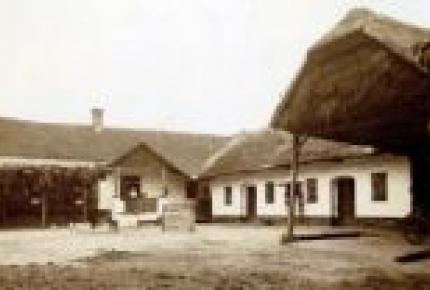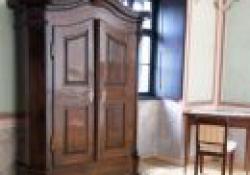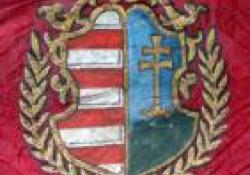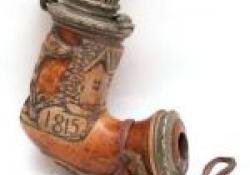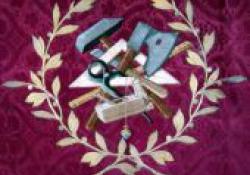Our historical collection is made of the three units of objects, documents, and photographs. The first statement was recorded in the historical stock-book in 1967, but the procurement only became independent of the ethnographical collection from 1974 when we started the inventory of the documents. Today we register 9350 objects, about 15000 historical documents, the latter contain 2303 pcs of photographs and albums until 2004.
Our scope of collecting expands to Zala county, our principal task is to collect modern historical keepsakes of the county seat, Zalaegerszeg and its agglomeration. We started the thematic collection relatively late so we do not have significant heritages, only a few valuable pieces of furniture from the heritage of two well-known gentry families in Zala, the Csány and the Deák families; we completed this with purchases and collections resulted from the exhibition organized as part of the Deák Memorial Year in 2003 and then with the salon furniture and personal belongings of ex-mayor Mátyás Czobor which got to the museum through community funding; we are grateful for these the generous offerings which have made our collection grow.
The objects, attires telling about the way of life and occupation of people living here in the past and the keepsakes, workshop equipment, tools, documents of artisans living in Zala county constitute the most significant part of our collection. Guild keepsakes are of an outstanding value: painted flags, boxes, seals; the beautiful household glasses of Vétyem glass-work, the workshop equipment of Zalaegerszeg photographers (Polgár, Saly), the sample books and tools of carpenter Pál Lendvay, the heritage of the Vámossy knife maker family, the furniture and appliances of Bita Hair Salon; merchants’ stocks and invoices.
We have received a considerable amount of keepsakes from institutes that closed after the change of regime. Our museum experienced a significant growth through “The Way We Lived...” exhibition series representing the artwork of the 1950s, the 1960s and the 70s. We also obtained relics of sport history, though they are a bit less in number, due to the exhibition “Physical Exercise and Exhilaration” and the receival of albums chronicling the history of Zalaegerszeg Gymnastics Club. Our collection of school history has grown with the appliances and visual aids of primary schools from Dötk and Hottó, from the beginning of the century; the heritage of two teacher couples was donated to us. In our document collection, exercise books, textbooks, school certificates, school reports, visual aids of almost all types of schools are found, and thanks to two kindergarten teachers’ heritage we obtained methodological aids, puppets, and dolls.
We handle the 2700 pcs collection of postcards and special cards portraying the historical settlements of Zala county, inventoried as documents, separately, as well as about fifty 18-19th century sections of historical value. We store the almost 2000 pcs of diasporic press material in locker cadastre.
From 2004 the keepsakes of photography becoming widespread from the 1800s, the works of professional and amateur photographers of Zala (such as Endre Gyula Izsák, Tamás Morandini, József Schlemmer), photographs picturing the everyday life and holidays of families (among others the Czobor, Háry, Pais, Paksa and Turcsányi-Sipos families) became part of the collection of original photographs containing more than 2800 pcs today. Among the photographs the ones taken by ethnographer Ferenc Gönczi at the turn of the 19th and 20th centuries of villages and events are especially valuable. The works of Ferenc Tömöry who worked in Zalaegerszeg in the 1860s and other photographers following him, Béla Antal, Jr. Ferenc Knébel, József Szigeti, Viktor Saly, Dóri Vajda stand out with their uniqueness. The photographs taken of Göcsej and Lake Balaton and colour slides of photographer Árpád Serényi who lived in Zalaegerszeg between 1920 and 1941 are of outstanding historical and artistic value.
The negatives, portraying the 1956 events, hid in the grinder, and found in 2006 on the anniversary of Hungarian Revolution and War of Independence of 1956, are especially fascinating (currently they are on display in the village museum) and have been restored; and the 20th century pictures of the city and events are also thrilling.

